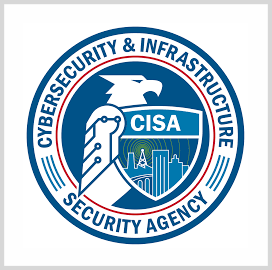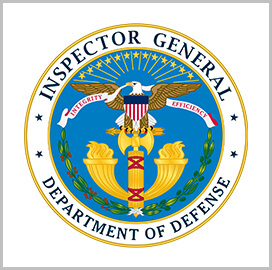President Joe Biden has announced plans to nominate David Huitema, a legal adviser in the federal government, as director of the Office of Government Ethics and Christopher Charles Fonzone, general counsel at the Office of the Director of National Intelligence, as assistant attorney general at the Department of Justice’s office of legal counsel.
Huitema holds a law degree from Stanford University and has been serving as assistant legal adviser for ethics and financial disclosure and alternate designated agency ethics official at the State Department since 2016, the White House said Tuesday.
He previously served as an attorney-adviser advising several bureaus at the State Department and offered legal advice on matters related to internet and international telecommunications and foreign service personnel.
Prior to ODNI, Fonzone was a partner at the Washington, D.C. office of law firm Sidley Austin.
His government career includes time as deputy assistant and deputy counsel to President Barack Obama, legal adviser to the National Security Council and special counsel to the general counsel at the Department of Defense.
Fonzone also spent time as a clerk for Justice Stephen Breyer of the U.S. Supreme Court and Judge J. Harvie Wilkinson of the U.S. Court of Appeals for the Fourth Circuit.











